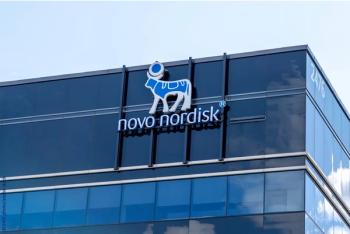
Managing Vasomotor Symptoms of Menopause: A Topline Comparison of Treatments

Medical and nonpharmacologic treatment options for VMS range in efficacy and risk/benefit profile; a short slide show offers a topline look at how many compare.
For many women navigating the
From established hormone therapies to
The short slide show above provides a quick refresher on the choices for both medical and alternative and complementary treatment, comparing their efficacy key benefits and risks, and suggesting who the best candidate for each type of therapy might be.
References
1. North American Menopause Society. The 2022 Hormone Therapy Position Statement of The North American Menopause Society. Menopause. 2022;29(7):767-794.
2. US FDA. Fezolinetant Approval Summary. 2023. Available at: https://www.drugs.com/mtm/fezolinetant.html
3. Skorupskaite K, George JT, Anderson RA. The SKYLIGHT 1 and 2 Trials: Fezolinetant for Hot Flashes. Obstetrics & Gynecology. 2023;141(4):701–710.
4. The efficacy and tolerability of SSRI/SNRIs in the treatment of vasomotor symptoms in menopausal women: a systematic review Amy P Handley1 , Mary Williams. J Am Assoc Nurse Pract . 2015 Jan;27(1):54-61. doi: 10.1002/2327-6924.12137. Epub 2014 Jun 19.
5. Butt DA, Lock M, Lewis JE, Ross S, Moineddin R. Gabapentin for the treatment of menopausal hot flashes: a randomized controlled trial. Menopause. 2008;15(2):310-318. doi: 10.1097/gme.0b013e3180dca175.
6. Avis NE et al. The Impact of Lifestyle Interventions on Vasomotor Symptoms. Menopause. 2015;22(7):702–710.
7. Hunter, M. S. (2020). Cognitive behavioral therapy for menopausal symptoms. Climacteric, 24(1), 51–56. https://doi.org/10.1080/13697137.2020.1777965
8. Office of Dietary Supplements. National Institutes of Health. Menopausal symptoms in depth. Updated 2017. Available at: https://www.nccih.nih.gov/health/menopausal-symptoms-in-depth
Newsletter
Enhance your clinical practice with the Patient Care newsletter, offering the latest evidence-based guidelines, diagnostic insights, and treatment strategies for primary care physicians.




